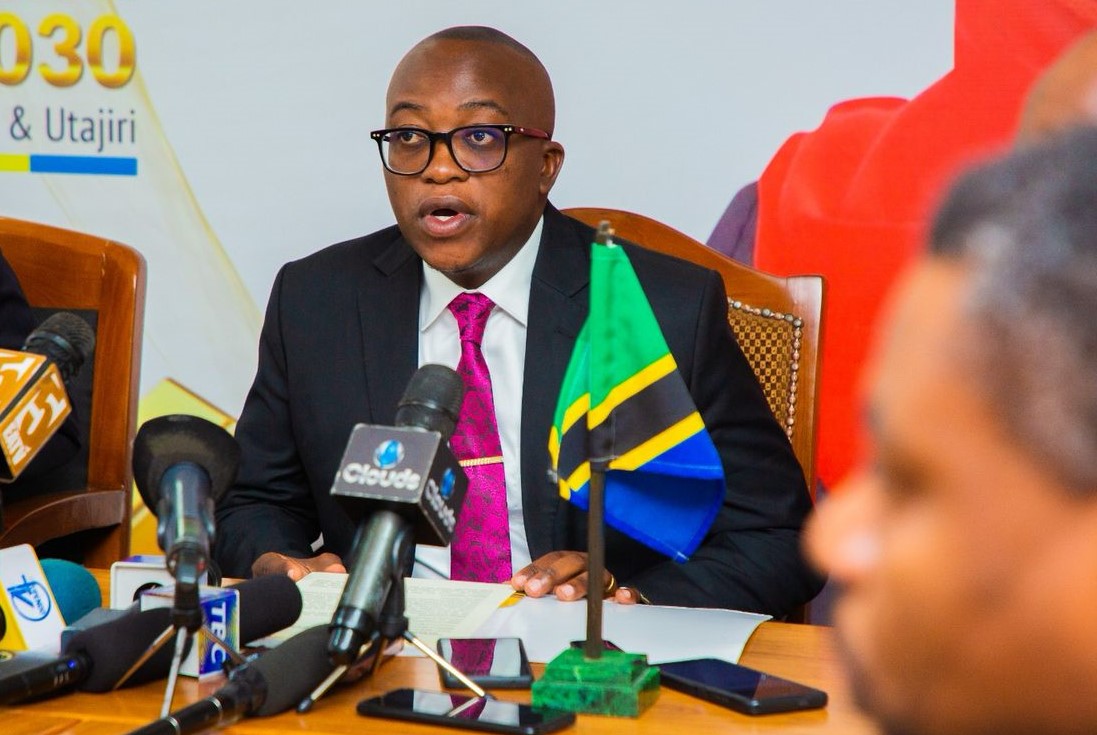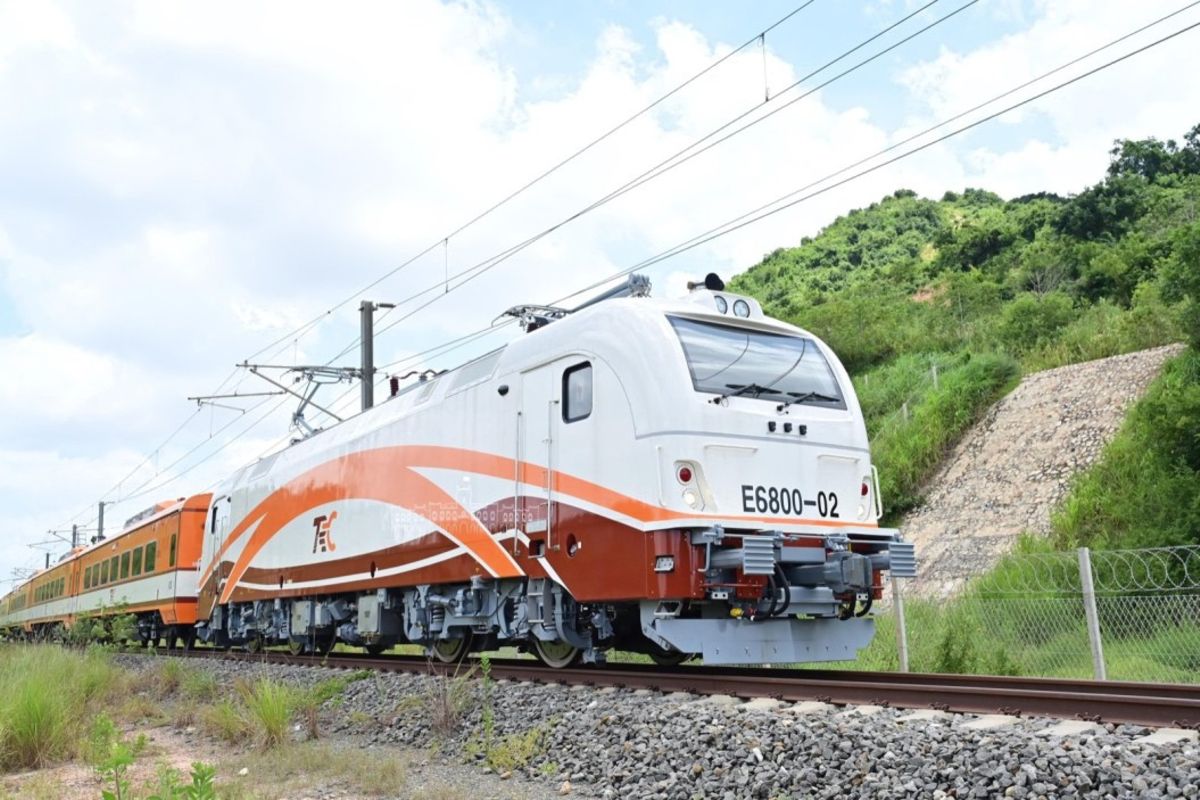Use of circumcision to fight Aids

A group of 26 programme managers and health care providers from different countries sponsored by the American people through Usaid during a voluntary medical male circumcision campaign to observe the provision of services in rural health facilities in Iringa Region. PHOTO | USAID TANZANIA
What you need to know:
In September this year, JHPIEGO, an international, non-profit health organisation affiliated with Johns Hopkins University, completed a five-year voluntary medical male circumcision (VMMC) project from which 400,000 adults benefited.
Dar es Salaam. Since the emergence of HIV/Aids more than two decades ago, there has been a number of initiatives aimed at mitigating the spread of the virus, which causes HIV/Aids. These efforts to contain new infections have taken different faces and approaches.
In September this year, JHPIEGO, an international, non-profit health organisation affiliated with Johns Hopkins University, completed a five-year voluntary medical male circumcision (VMMC) project from which 400,000 adults benefited.
The project, implemented in three regions of Tanzania - Iringa, Njombe and Tabora, is one of the approaches implemented by the organisation to curb the rate of new infections in HIV/Aids, targeting the youth aged between 10 and 49 years.
According to JHPIEGO, which conducted a programme in collaboration with National Aids Control Program (NACP), the project aimed at expanding the provision of high-quality, client-centred, voluntary medical male circumcision as a key component of comprehensive HIV/Aids prevention services. The programme managed to reach out to more than 210,000 adolescent and adult males aged between 10 and 49 in Iringa and Njombe regions, and 220,000 people in Tabora Region.
According to the JHPIEGO communications and publications officer, Dr Charles Wanga, the services were offered in nearly 500 health facilities across the three regions. “We provided services to adolescents and men in their communities,” he said.
Dr Wanga noted that the project was a success story of change, innovation and evolution on how the three regions went from being traditionally non-circumcising regions to the majority circumcised in just a few years.
“With regional HIV/Aids prevalence rates above the national average, which in Njombe stands at 14.8, Iringa at 9.1 and Tabora at 5.1 and circumcision rate between 29 and 40 per cent, these three regions clearly met the criterion for scaling up of VMMC services for HIV/Aids prevention as per the World Health Organisation recommendations,” he said.
For his part, VMMC programme advisor at JHPIEGO, Dr Augustino Hellar said although it was touted as a success story, the project faced a number of challenges during its implementation, including an acute shortage of medical doctors. “We trained nurses on how they can do it and we thank God that they learned and performed it perfectly,” he said.
Dr Hellar noted that over 60 per cent of service providers in Iringa Region were nurses, thus taking the lead in all steps of voluntary medical male circumcision procedure. He noted that this was a good example of WHO’s task shifting approach.
He also noted that VMMC had been shown to reduce female-to-male transmission of HIV/Aids by approximately 60 per cent and was regarded as an important component of the HIV/Aids prevention strategy, which also included the use of condoms, limiting sexual partners and abstinence.
According to Dr Dorica Boyee, VMMC is a minor surgery performed under local anaesthesia and does not require an operating theatre. However, as with all surgical interventions, appropriate infection prevention practices are followed.
Commenting on the achievements, the Iringa regional medical officer, Dr Robert Mahimbo, said he was grateful to JHPIEGO and to the US for their support. “We hope the US will continue supporting efforts of bringing down HIV/Aids transmission in our region,” he said.
He detailed that apart from lowering the risk of becoming infected with HIV/Aids, male circumcision improved hygiene, reduced the risk of contracting sexually transmitted infections (STIs) and lowered the risk of penile cancer in men and cervical cancer in female partners.
“Male circumcision is also increasing men’s access to healthcare in Iringa and Njombe, thus providing an opportunity to a group that has traditionally been reluctant to utilise health facilities,” he said adding: “besides VMMC messages and services, men and their partners were educated and counselled about HIV/Aids and other reproductive health issues, HIV/Aids testing, STI screening and condom promotion.”
Dr Mahimbo said clients, who were found living with HIV/Aids and were not previously aware of their status were referred to care and treatment services, often offered at the same facility.
“Before surgery, clients also undergo medical examination, which provides further opportunity for referral for men identified with other health problems such as hypertension,” said Dr Mahimbo.
Dr Wanga noted that the government supported the initiative through the ministry of Health and Social Welfare and contributed health care providers and service delivery sites.
“District and facility officials assumed leadership roles, managing VMMC services at all sites,” he said. Testifying, one of the residents from Njombe town, Mr Selemani Nyika, 60, said it was very expensive for him to pay for circumcision of his 11 sons due to the fact that traditional circumcisers charged a lot of money.
“After hearing the advert aired on our local radio station, I thought I should take my sons for circumcision,” he said, adding that he discussed the matter with his five wives and they all agreed.
He noted that without wasting any time, he took his 11 sons aged between 10 and 21 to the health facility, where they were all circumcised on the same day. He noted that his sons were also given education on how to protect themselves against HIV infection.
“They were told that they should not engage in sexual activities at tender age. They were advised to wait until they become old enough, they were also told to have only one trustful partner and avoid multiple sexual relationships as that was main source of HIV,” he said.
Series of rigorous research studies have shown that male circumcision reduces female-male transmission of HIV by approximately 60 per cent, thus encourages male circumcision as part and parcel of HIV preventive measures.
Three randomised controlled trials have shown that male circumcision provided by well-trained health professionals in properly equipped settings is safe. WHO/Unaids recommendations emphasise that male circumcision should be considered an efficacious intervention for HIV/Aids prevention in countries and regions with heterosexual epidemics, high HIV/Aids and low male circumcision prevalence.
But, experts say male circumcision provides only partial protection and, therefore, should be only one element of a comprehensive HIV/Aids prevention package, which includes: the provision of HIV/Aids testing and counselling services, treatment for sexually transmitted infections, promotion of safer sex practices, provision of male and female condoms and promotion of their correct and consistent use.


